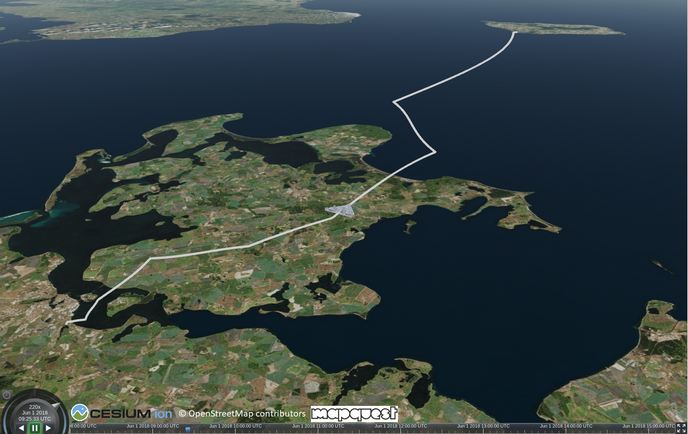Boosting signals for better drone control
Drones are a relatively new technology, consisting of remote-controlled mini helicopters to which cameras can be mounted. Drones have become extremely useful for putting cameras where access would usually be difficult. One important application of drones is the inspection of physical infrastructure, including buildings, communications towers and power lines. They facilitate efficient and systematic inspection. Drones will not replace manual inspections, but their routine use can greatly reduce inspection duration, danger and expense. The problem is that current technologies for radio controlling drones are unreliable. The devices can too easily lose contact with their base stations. This can occur at extended distances, or at short range if the drone goes behind an obstacle. Then, drones may fly away out of control, endangering people and potentially damaging infrastructure. The EU-funded REVOsdr(opens in new window) project developed a new, reliable radio technology for controlling drones. The product has been showcased at an e-commerce storefront(opens in new window). Software-defined radio The REVOsdr system is technically superior to conventional data links. The new concept depends on software-defined-radio (SDR) technology, where radio operation is programmed in software. The system continuously monitors the link quality and adjusts radio parameters (including frequency, link speed and transmission power). “Our radio-control system gives a highly flexible radio link, able to automatically shift to the right frequency on the fly,” explains project leader Carlos Ribeiro. “This optimises the radio signal and reduces the effects of interference from other transmissions.” The business of drones During the project’s first phase, the team focused on developing business and commercialisation strategies. This involved detailing operational and sales plans, as well as marketing, legal and intellectual property requirements. The development particularly involved improving or building relationships with key partners. Researchers examined the supply chain, plus evaluated relationships with hardware and software suppliers. “One initial difficulty was that no one seemed to be listening to us,” says Ribeiro. “As a new entrant, we faced a recognition barrier.” The situation turned around when the consortium finally found and employed an expert in drone business development and marketing. The business coach provided vital insights and key contacts. Direct meetings with potential clients proved invaluable. Researchers were able to discuss clients’ real needs concerning drone usage. Many contacts also progressed to a contracted demonstration stage. Such demonstrations are an important way of proving to the public that drones can be serious and useful tools for industry. As a result of the positive response, the team anticipates a substantial market. Although the project has completed phase one, researchers continue improving the product’s programming and electronics according to client needs and the ever-changing environment of drone regulation. REVOsdr’s new communication solution for drones introduces a new level of reliability that will permit market growth. Hence, drones may be doing much more of the infrastructure inspection work in future.







